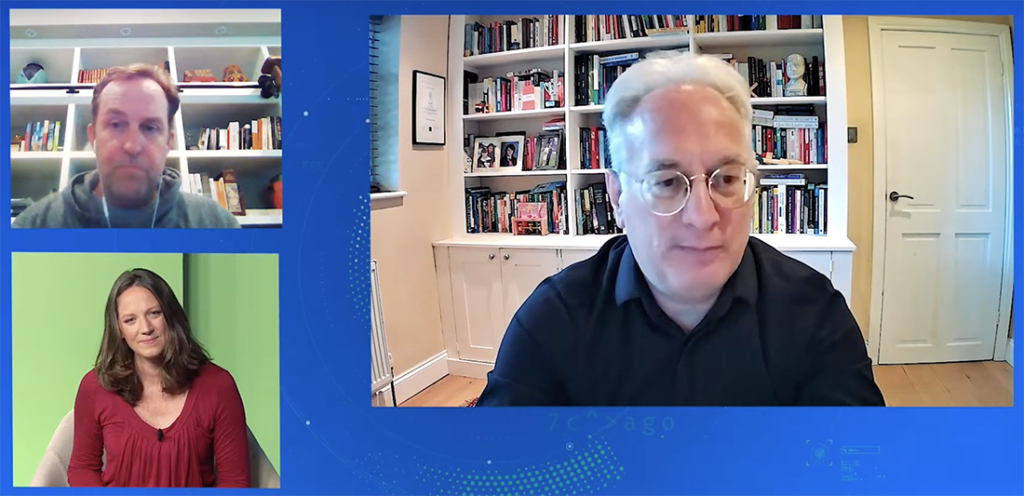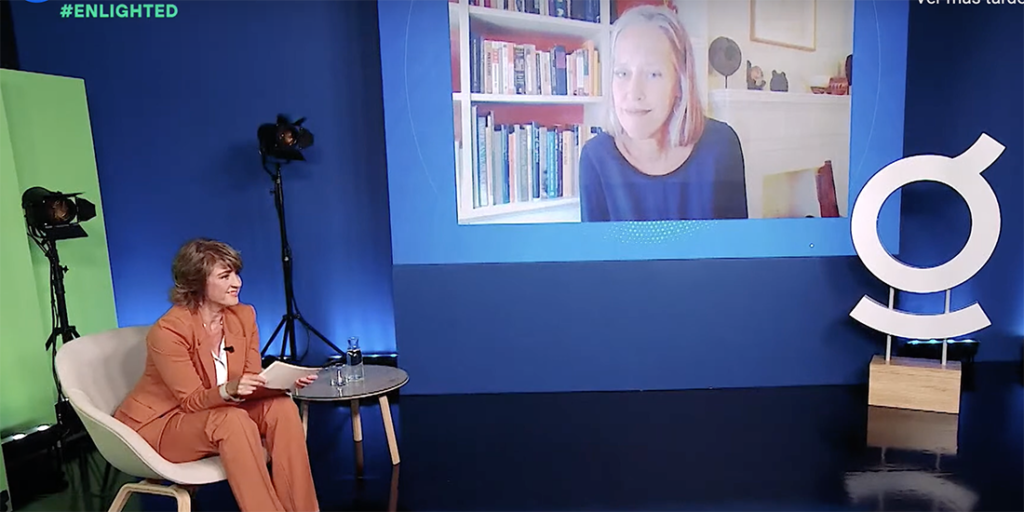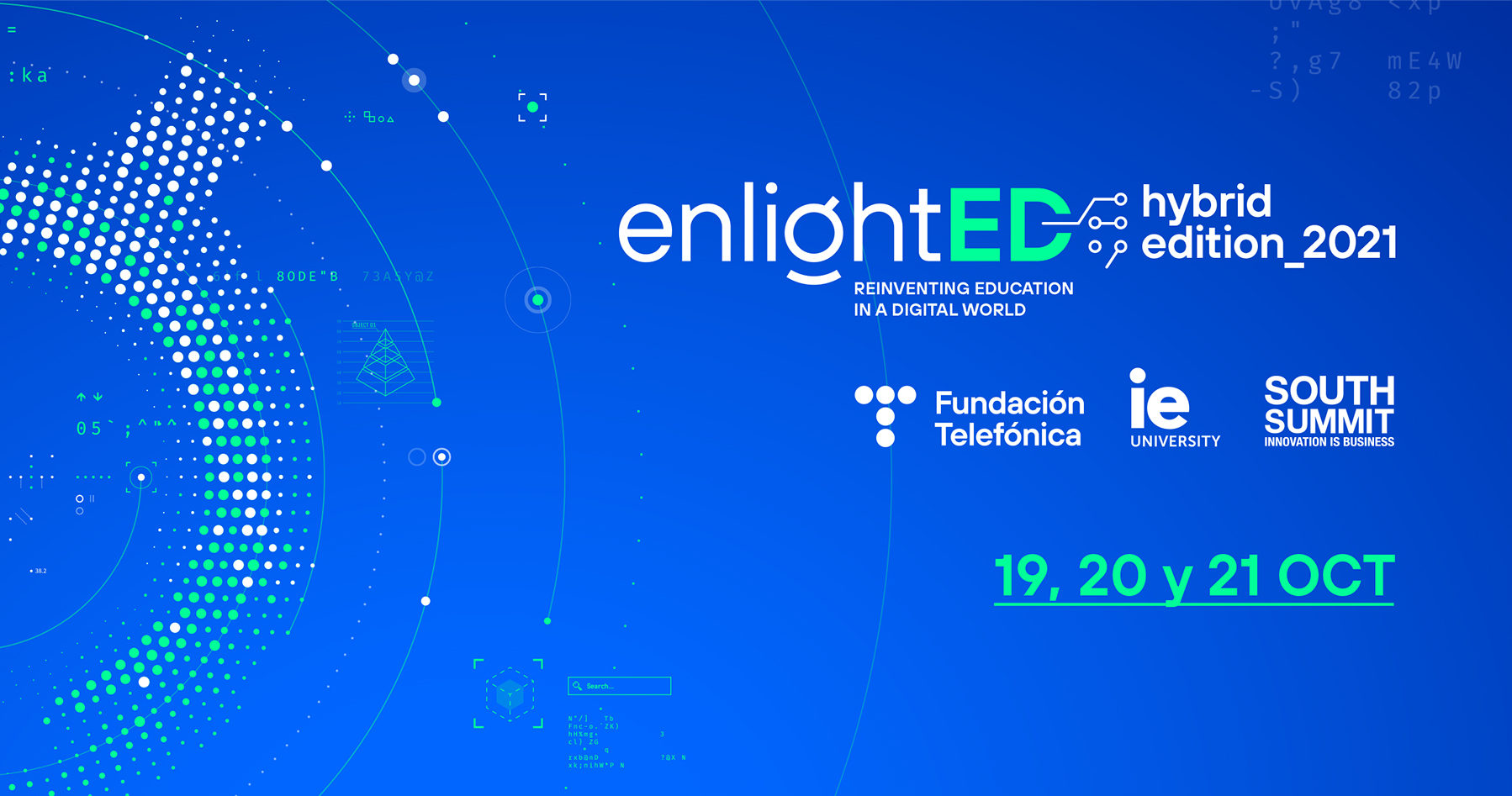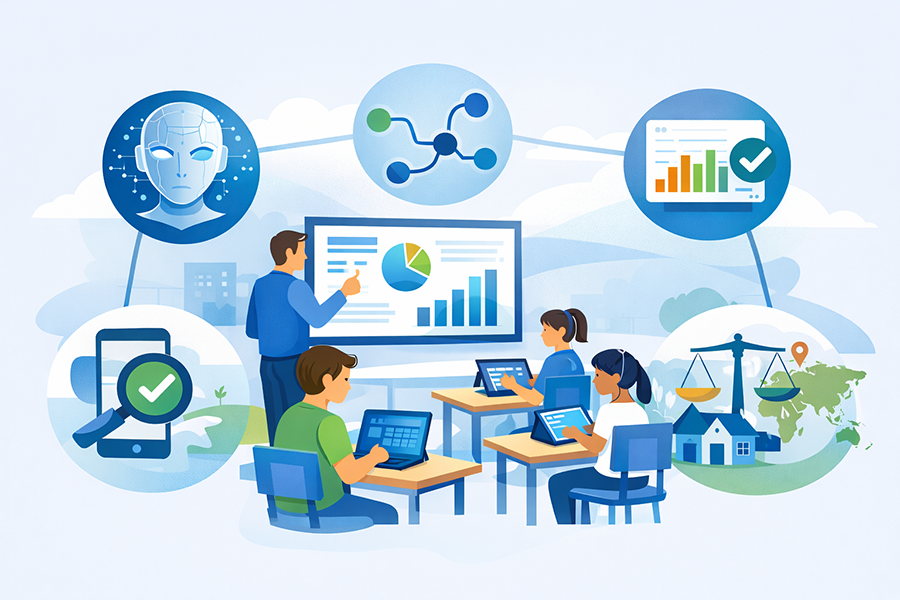How can we reformulate the education of new generations in the digital age? How should we prepare for the educational challenges to be faced in 2030? How do we approach education to turn technology into a force for positive change that helps transform our education systems to produce the citizens today’s society needs? To answer these questions and many others, EnlightED was created, an international forum, organised by the Telefónica Foundation, IE University and South Summit, which has become an essential global benchmark in the debate on education, technology and innovation through the four editions of its event.
The focus of this year’s event, a hybrid one due to the pandemic, has been on the challenge of bridging the educational gaps of this new era. Thus, bridging the innovation gap to transform educational systems; bridging the skills gap to respond to new social needs and bridging the digital divide to reconnect with youngsters and encourage positive change, were all discussed.
ProFuturo at EnlightED
ProFuturo’s participation in this international forum has been specifically in three key moments, which we will focus on in upcoming articles and whose key approaches are summarised below:
Making the most of Artificial Intelligence

How can we achieve excellence and equity in education in a world which is already organised and revolutionised by data? What are the different challenges that the EdTech universe must face if it is to be the true lever of disruptive transformation of our educational systems? These two main questions were the focus of the conversation between the education and technology policy specialist and global director of technology and innovation in education at World Bank, Robert Hawkins and UNESCO’s expert on Artificial Intelligence and Education, Wayne Holmes.
The aim of the panel discussion “How to achieve excellence and equity in education in a data-driven world” was to shed light on the role of technologies and artificial intelligence in education for policy and decision makers. Thus, the discussion revolved around the role of technology in bridging the education gap. Can technology help us make the right decisions that put us on the right track to achieve long-term positive impacts in education? What risks and benefits are there in using Artificial Intelligence in education? What should be the priorities of under-developed countries? How can we “marry” a technological education with the more communitarian and collective aspect of education?
Here, you can watch the full content of this roundtable.
How to Empower, Train and Support Teachers for the Digital Age

ProFuturo and Teach for All share some very interesting teacher training experiences on the African continent. This joint experience led to a conversation in which Wendy Kopp, founder of Teach for All, a global network to end educational inequality, and Magdalena Brier, director of ProFuturo, talked about their work in empowering teachers who, with the support of technology, are able to address the challenges of education in these environments in different ways.
Is technology a good tool to bridge the education gap? If so, how and on what basis? What role should teachers assume in this new educational reality in which technology will play an increasingly important role? What are the changes in mentality, initiated by the pandemic, that we need to start taking advantage of? These were some of the questions the conversation pivoted on, bringing the power of collaboration, teamwork and the sharing of success stories to serve as an example for other innovative experiences to the table.
If you want to watch the whole interview, you will find it here.
Incorporating Computer Skills into the Classroom: a Practical Experience
Finally, in this practical workshop, how to go about working in this way as discussed by the previous conversations was specified: how the most vulnerable children can incorporate computing into their basic skills for adult life, with the impulse and work of their duly trained and empowered teachers. The workshop, which took place online, addressed practical examples of how to incorporate computational thinking into the classroom, taking into account various factors such as the students’ prior knowledge, the competencies to be worked on and the resources available.
Although its arrival in the world of education has been late and abrupt, we are beginning to see the great possibilities that technology is able to offer to education. However, if it is to become a bridge to close gaps, it is important to know how to introduce it into our educational systems. That is one of the aims of EnlightED, a forum where anyone can find the inspiration needed to lead the transformation that education needs.






